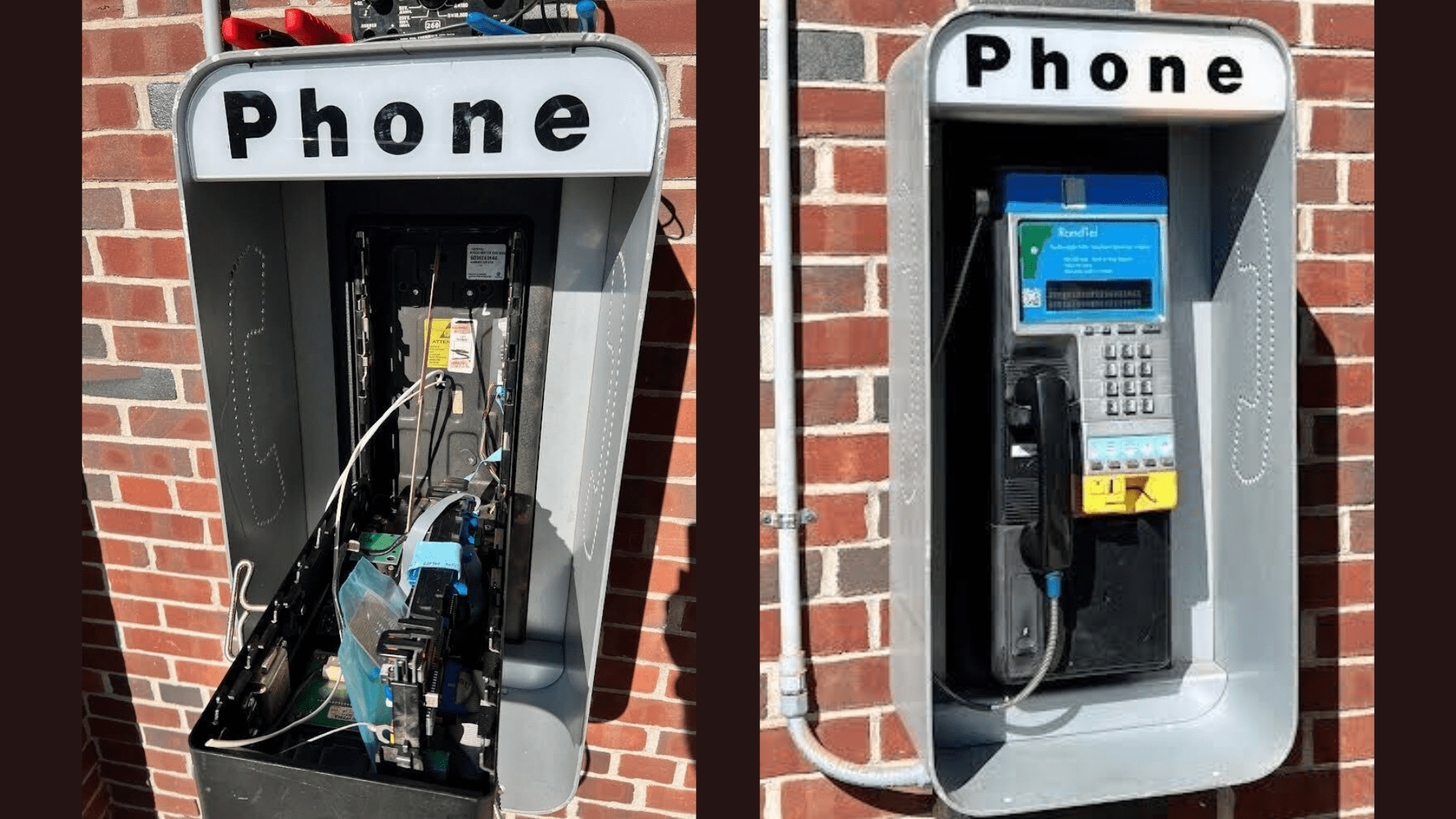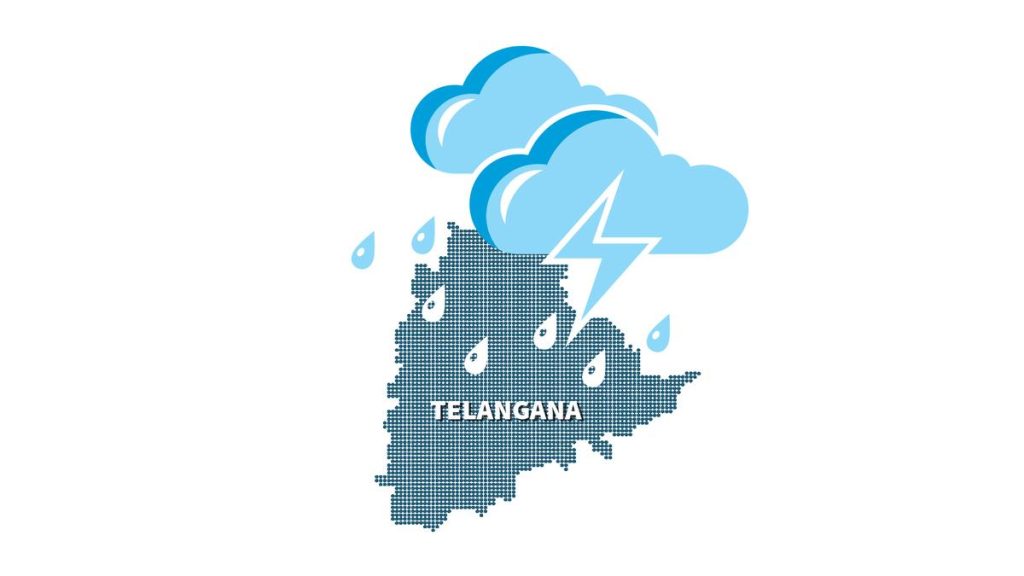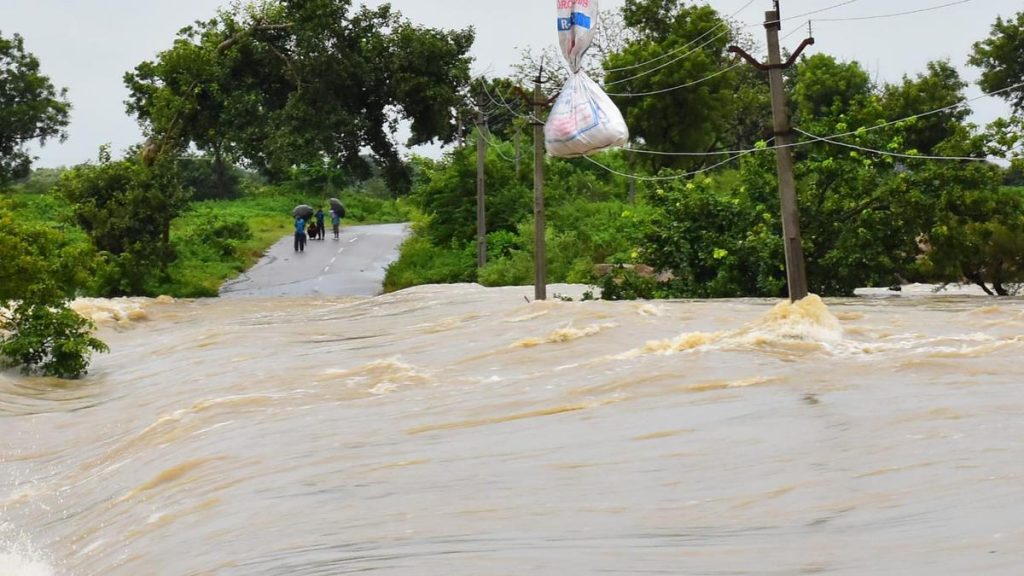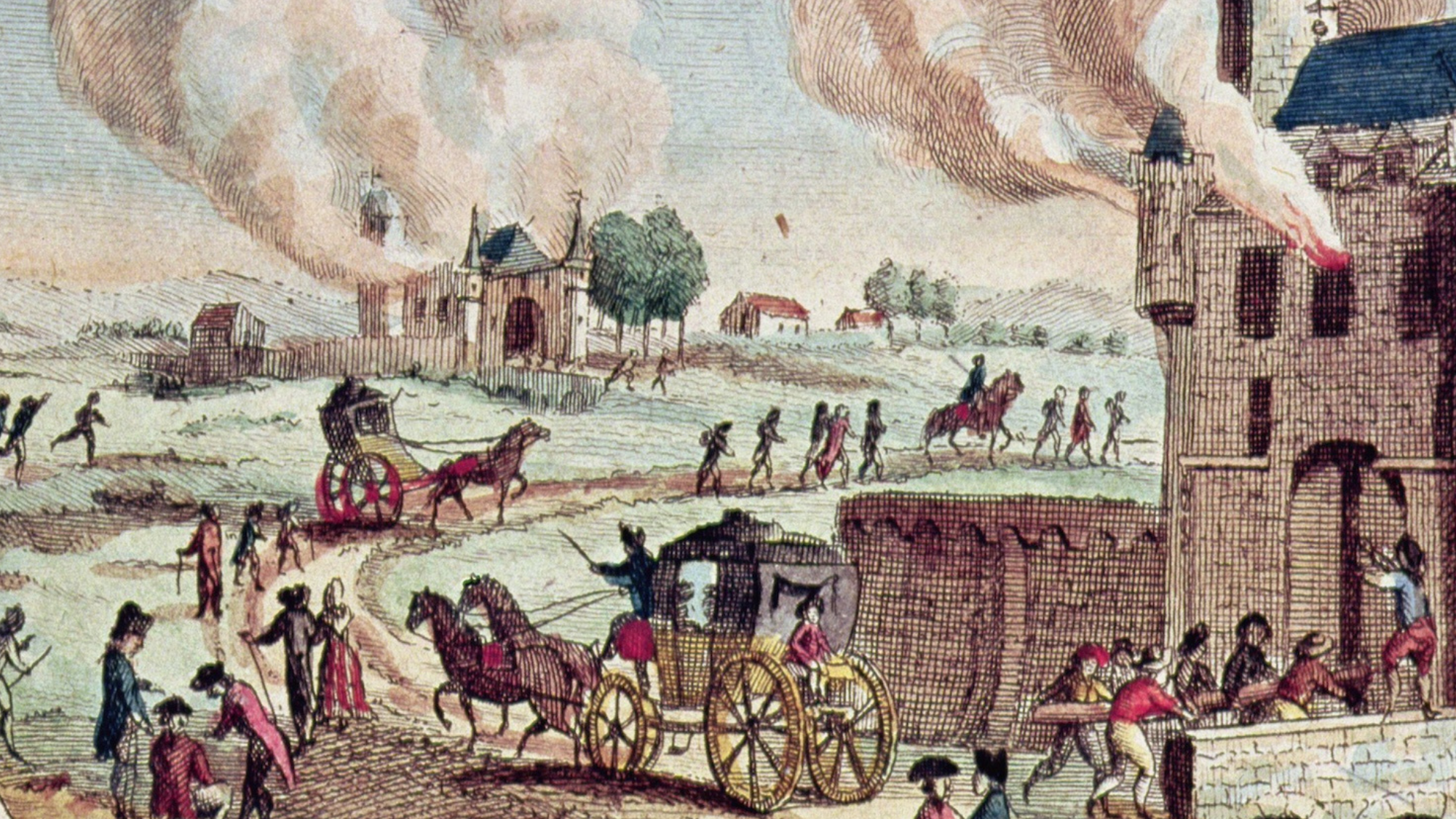Now Reading: Vermont Man Revives Pay Phones in the Digital Age
-
01
Vermont Man Revives Pay Phones in the Digital Age
Vermont Man Revives Pay Phones in the Digital Age

Rapid Summary
- Project Overview: Patrick Schlott, a Vermont electrical engineer and DIY enthusiast, is restoring old pay phones wiht modern VoIP technology too provide free calls in rural areas with limited cellular connectivity.
- Inspiration: The idea materialized after witnessing community needs, particularly helping individuals in emergencies where phone access was unavailable.
- Technical Approach: Schlott retrofits analog pay phones using VoIP technology, supported by location owners who supply power and internet. Users can directly call services like 911 and other emergency contacts for free.
- Community Impact: Sence installation two years ago, refurbished phones have facilitated over 300 calls across multiple sites including general stores, libraries, schools, and public kiosks.
- School Connection Use Case: With smartphone bans increasing in schools across the U.S., these pay phones offer students a way to communicate with parents during school hours.
- Expansion Progress: Schlott has established three working installations in Vermont and is developing additional sites at schools and undisclosed locations under his self-funded organization RandTel.
Indian Opinion Analysis
schlott’s innovative initiative exemplifies how small-scale technological interventions can address complex societal issues.By bridging gaps in cellular connectivity prevalent across rural areas-a challenge mirrored in India’s remote communities-his work highlights opportunities for leveraging existing infrastructure to improve accessibility. For India’s vast expanse of underserved regions facing similar digital divides despite government efforts like PM-WANI (wi-Fi Access Network Interface), adopting such solutions could empower local institutions while sidestepping resource-intensive models.
The project’s success also underscores the importance of community-driven approaches where decision-makers collaborate to resolve shared challenges. Additionally, pay phones supporting emergency communication align closely with India’s focus on improving disaster response readiness through robust telecommunications systems.
the use case addressing smartphone bans within schools raises intriguing possibilities for India’s ongoing debates around managing children’s screen time while preserving essential connections between families. scaling down technology rather than expanding it sometimes offers an elegant solution that satisfies diverse stakeholder concerns without further complicating usage barriers.























